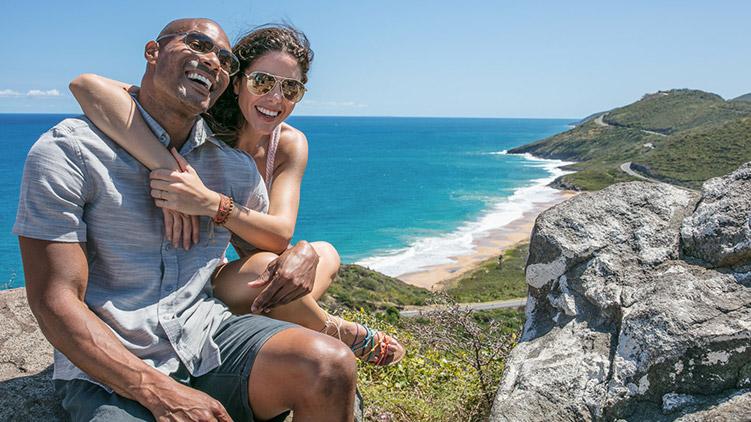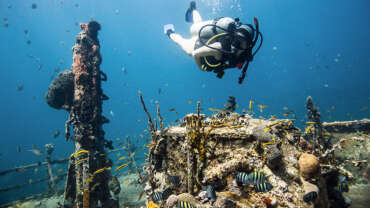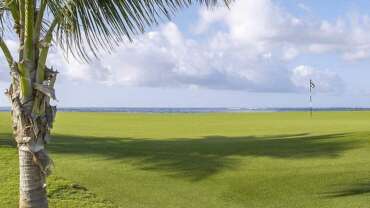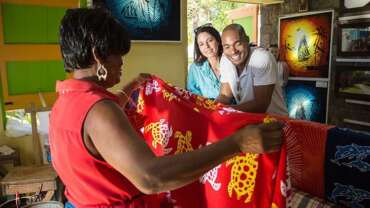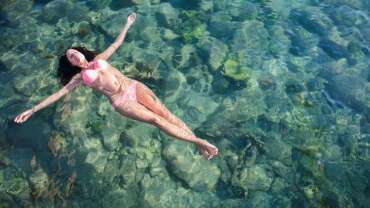St. Kitts - Follow your wanderlust!
Explore a carefully preserved world heritage site at the Brimstone Hill Fortress, charming historical architecture and old churches in the bustling capital of Basseterre and lavish colonial estates featuring fascinating examples of Carib petroglyphs. St. Kitts offers fascinating sights that will engage all your senses in every direction.
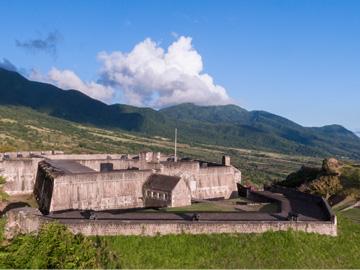 BRIMSTONE HILL FORTRESS
BRIMSTONE HILL FORTRESS
Brimstone Hill Fortress National Park is a UNESCO World Heritage Site of historical, cultural and architectural significance. This centuries-old citadel is a monument to the ingenuity of the British military engineers who designed it and to the skill and strength of the African slaves who built it on the steep at the risk and probable loss of lives. The walls are predominantly made of stone, painstakingly carved from Brimstone Hill’s hard volcanic rock. The mortar was produced from the limestone that covers much of the middle and lower slopes. Begun in the 1690s, the fortress finally took shape as a complete military community in the 1790s. This prominent citadel is one of the earliest and finest surviving examples of a new style of fortification known as the polygonal system. Its elevated vantage point offers panoramic vistas of forested mountains, cultivated fields, the historical township of Sandy Point, and neighboring Dutch, English and French islands across the Caribbean Sea.
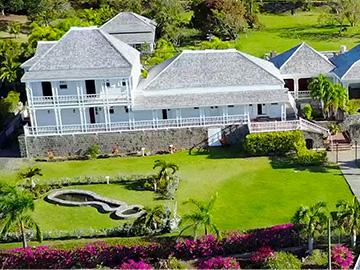 FAIRVIEW GREAT HOUSE & BOTANICAL GARDENS
FAIRVIEW GREAT HOUSE & BOTANICAL GARDENS
This 18th century Great House has been authentically restored to its former glory with careful attention to historical detail. Step back in time as you wander through the dining room with its sixteen seat mahogany dinner table and antique silver service, as well as the Historical Room that chronicles the fascinating past of Fairview. Step on to the master bedroom veranda and enjoy the breathtaking panoramic vista of the Caribbean Sea, South-East Peninsula and St. Kitts’ sister island of Nevis. Then take a leisurely stroll through the Botanical Garden filled with local flora, identified with signage providing interesting information about each. Don’t forget to keep an eye out for the monkeys who love to feast on the fruit trees on the property.
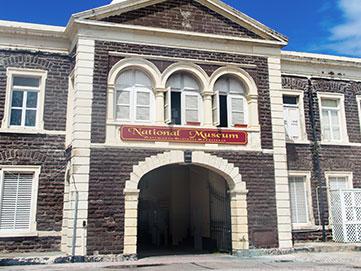 OLD TREASURY BUILDING & MUSEUM
OLD TREASURY BUILDING & MUSEUM
The Treasury Building, known affectionately as the “Old Treasury Building” is one of the most outstanding architectural buildings in downtown Basseterre. Built in 1894, this impressive structure has been witness to the procession of life in the nation’s capital for over a hundred years. The foundation stone was laid by Lady Haynes-Smith, the wife of then Governor Sir William Haynes. In addition to the treasury, it also housed the offices of the administrator, customs, audit, supply and post office. The treasury building adopted the name “The Gateway to the Island”, as its imposing archway led the way to the streets of Basseterre for many visitors and travelling residents arriving by boat. The two-story stone structure designed in Georgian architectural style is one of the more interesting buildings to be seen around Basseterre. For years the dome at the top of the building served as a lighthouse guiding hundreds of captains that docked boats and ships at the treasury landing pier.
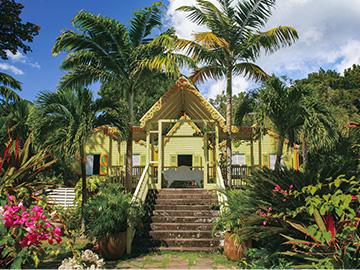 ROMNEY MANOR
ROMNEY MANOR
Owned and run by successive Earls of Romney over the centuries, no visit to St. Kitts is complete without a tour of the Historic Romney Manor and its pristine gardens featuring an over 300-year-old SAMAN tree. If trees could talk, this one could tell the entire story of the Caribbean. This majestic setting is now home to the island’s Caribelle Batik craft. Visitors witness the fascinating process of Caribelle Batik demonstrated here and everything from casual wear, accessories and gift items made of Caribelle Batik are available for sale on the premises.
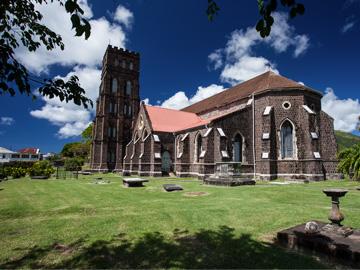 ST. GEORGE’S ANGLICAN CHURCH
ST. GEORGE’S ANGLICAN CHURCH
First erected in 1670 as a Roman Catholic Church by French Jesuits and named Notre Dame, over the centuries this ancient church has faced bloody battles, fire and even natural weather disasters, each time restored or completely rebuilt. In 1706 Notre Dame was burnt to the ground during the Anglo-French War by English soldiers billeted there. The church was re-built by 1710 and re-named St. George’s. From the 1720’s, it became a place of worship for the Anglicans. It was damaged again in the fire of 1763, and once again restored. The earthquake of 1842, followed by the hurricane of 1843, reduced it to ruins, and an entirely new building was planned. But the congregation continued to worship in the ruins until a new church was consecrated on the 25th March, 1859. Seven years afterwards, it was gutted in the Great Fire of 1867; and was re-roofed, and restored in 1869. In a series of hurricanes since 1989, the church was again damaged but restoration work has since been undertaken on the building.
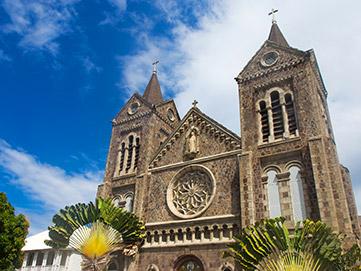 CHURCH OF IMMACULATE CONCEPTION
CHURCH OF IMMACULATE CONCEPTION
An ornate church constructed out of grey stone and located on the eastern side of Independence Square in Basseterre. After the English take over in 1713, Roman Catholics were forbidden by law to worship in public. They were prohibited from civil or military office unless they took and subscribed to certain oaths and declarations. In 1829, an act was passed removing all such restrictions. Catholicism began to flourish on the island of St. Kitts during the nineteenth century thanks to Irish and Portuguese immigrants. A church was built in 1856 called the Church of the Immaculate Conception. In 1927, it was demolished and replaced by a modern edifice on the same site on East Square Street.
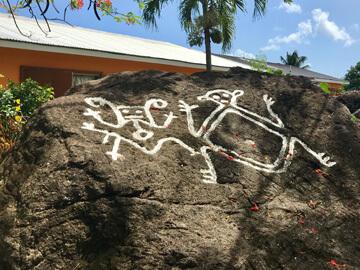 CARIB PETROGLYPHS
CARIB PETROGLYPHS
St. Kitts’ history traces back millennia, and nowhere does that become more apparent than along Wingfield Road and Stone Fort River. The island is home to hundreds of ancient rock carvings, the most prominent of which can be found, traced in white paint, on a boulder along the route to Wingfield Estate. If you’re looking for quantity, though, head for the southern half of the island; a 20th-century study of Stone Fort River found 115 petroglyphs etched into its ravine’s craggy walls. We recommend a guided hike, but venture at your own risk: These are the old religious grounds of the Caribs. Some say the area’s bees are the spirits of the island’s ancient indigenous people — and they will protect their land!
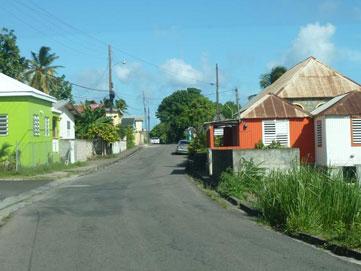 HALF WAY TREE VILLAGE
HALF WAY TREE VILLAGE
In 1625, Thomas Warner’s small British colony greeted the unexpected arrival of a French ship, which had suffered an unfortunate encounter with a Spanish warship. Captain Pierre Belain d’Esnambue and his crew limped into St. Kitts to make much-needed repairs. Clearly impressed with what he saw, he returned soon afterwards with a small group of colonists. Initially, the French presence was received in friendship (or was at least tolerated). The two groups chose the great tamarind tree of Half Way Tree Village to mark the border between the French and British territories on St. Kitts. As the colonies grew and prospered, this border would be sorely tested.
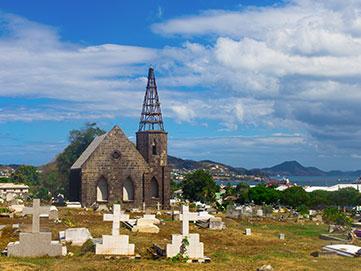 SPRINGFIELD CEMETERY AND CHAPEL
SPRINGFIELD CEMETERY AND CHAPEL
Until the Cholera Epidemic in 1854, all burials would take place in churchyard cemeteries. It was estimated that one sixth of the population died from the disease. To solve the ‘dangerous’ health problem posed by the cholera epidemic, the Government purchased land at Springfield for use as a Cemetery for the Parish of St. George. In 1858, legislation was passed prohibiting burials anywhere in Basseterre except at the Springfield Cemetery. In 1862, the Mortuary Chapel in Springfield Cemetery was erected at public expense for use by all religious denominations to conduct services for those persons who had died at the nearby Cunningham Hospital.
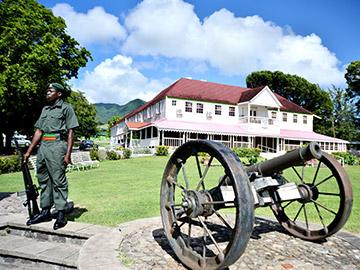 THE GOVERNMENT HOUSE
THE GOVERNMENT HOUSE
Around the time of Emancipation (1834), a planter-merchant and Vestryman called Thomas Harper bought this new property and named it Springfield. In 1848 it became the official residence of the revered Francis Robert Brathwaite, when he procured Springfield as a more fitting accommodation for his new position as the first Archdeacon of the Diocese of Antigua. Today Springfield House serves as the official residence of the Governor General of the Federation of St. Kitts and Nevis.
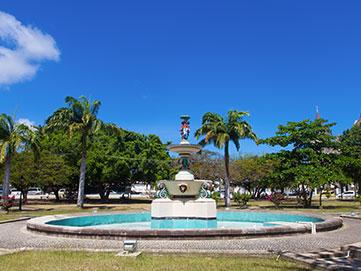 INDEPENDENCE SQUARE
INDEPENDENCE SQUARE
Originally known as Pall Mall Square, this area was renamed when St. Kitts and Nevis achieved political independence on September 19, 1983. Besides its new moniker, though, the space itself serves as a reminder of the island’s long path to freedom. When it was first acquired in 1750, it functioned as Basseterre’s administrative, social, and commercial hub. Countless slaves, ferried here by ship, were sold on this site; the cellars where they were held can still be seen in the colonial-era buildings that surround the square.
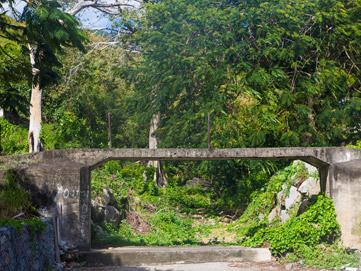 BLOODY POINT
BLOODY POINT
By 1626 both the British and the French settlements were expanding at such a rate that the Carib community began to perceive a threat to its very existence on the island. Joining forces with Caribs from a number of other islands, Chief Tegremante prepared to attack the European settlements. Meanwhile, despite growing animosity between the French and the British, the two communities put aside their differences in order to mount a combined, pre-emptive attack on the Carib. As a result, tragically over 2,000 Carib Indians were massacred at Bloody Point.
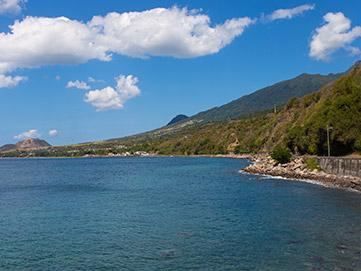 OLD ROAD BAY
OLD ROAD BAY
It was here at Old Road Bay that Sir Thomas Warner, along with his family and along with 14 other colonists began the first permanent European settlement in the Leeward Islands. Initially, the settlers were on good terms with the island’s Carib inhabitants, although this friendship would be shortlived. Rather than cultivating sugar, it was tobacco that had drawn Warner to the island, and it was the island’s tobacco crop that first supported the settlement. The Warner family estate served as the capital of St. Kitts until 1727, when it was moved to Basseterre. Outside of Old Road Bay a number of interesting Carib petroglyphs can be found.
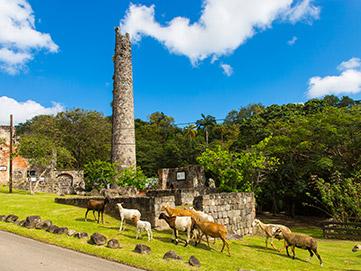 WINGFIELD RIVER AND WATER WORKS
WINGFIELD RIVER AND WATER WORKS
When the English arrived in the 1600s, and were allowed to settle between the two rivers (Wingfield and East Rivers) at Old Road, the Caribs were concentrated in the area around Wingfield River. After the evictions of the Caribs in 1629, the English settled the lands in the area and cultivated tobacco, ginger, indigo and cotton. With the introduction of sugar in the 1640’s, Wingfield developed into a major sugar plantation and one of the very few on the island to use water to power its factory works. The aqueduct is a unique architectural feature on the island and found only at Wingfield Estate Yard. The nearby river and its forested watershed has always been a major resource for the area. Like all plantations on St. Kitts, Wingfield provided for its own fresh water needs. Since the 19th Century it has formed part of the public water supply system serving the population on the leeward side of the island.
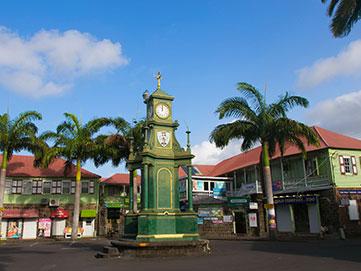 BERKELEY MEMORIAL
BERKELEY MEMORIAL
Built in 1883, this memorial stands at the center of Basseterre’s Circus. It honors Thomas Berkeley Hardtman-Berkeley, an important figure in St. Kitts’ history. Born in Sandy Point in 1824, he would go on to own six estates across the island — Fountain, Greenland, Greenhill, Ottleys, Shadwell, and Stone Fort. Berkeley also held a number of influential positions: Throughout his life, he served as a colonel in the Kittitian militia, President of the General Legislative Council, and Vice President of the Federal Council of the Leeward Islands. After his death in 1881, George Smith and Co of Glasgow, Scotland, designed a monument in his name and erected it in the heart of St. Kitts’ capital. It has stood there ever since.
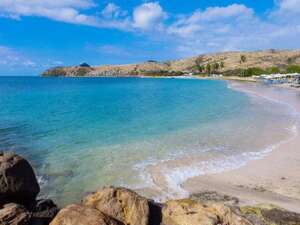 BANANA BAY
BANANA BAY
This beautiful, secluded beach is at the very tip of the southeast peninsula and offers pristine waters, soft sand, swaying coconut trees and uninterrupted peace. As is the case with the other beaches on the peninsula, you will need a car to get out to this oasis. However, if you do not have a rental vehicle, our taxi drivers will be happy to drop you off and come back at a prearranged time. Coming and going, enjoy the spectacular views along the way.
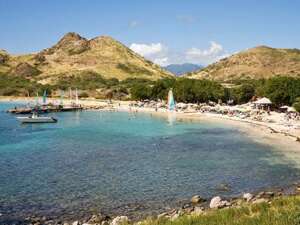 COCKLESHELL BAY
COCKLESHELL BAY
Cockleshell Bay is a secluded stretch of powder-white sand. Over two miles (3 km) long, it offers a splendid view of our sister island of Nevis, since it sits directly on the Narrows – the channel between the two islands. Well placed restaurants and grills provide an authentic Caribbean mix between fine dining and good ol’ reggae style barbeque. Just keep an eye out for alcohol stealing Vervet Monkeys. This beach is also the home of the world-famous Reggae Beach Bar on the East end and Spice Mill Restaurant on the West side. This beach is ideal for water sports lovers as they are able to engage a number of water sports activities or perhaps hop on a water taxi for a 7 minute zip over to Nevis.
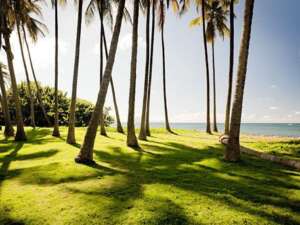 DIEPPE BAY BEACH
DIEPPE BAY BEACH
This small palm-lined, black sand beach is protected by a major reef, making it ideal for bathing. As home to a variety of marine life, the reef also makes for excellent snorkeling. When you settle back for some sun, you’ll find the tanning process enhanced by the shiny volcanic sand that draws so many visitors to this exotic beach. As you gaze out at the water, you will be looking at the Caribbean Sea on your left, and the Atlantic Ocean on your right. A stunning view of nearby Sint Eustatius lies to the north.
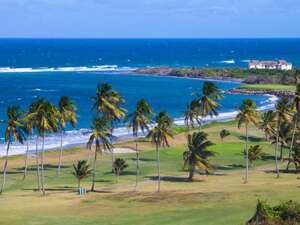 HALF MOON BAY
HALF MOON BAY
Like Conaree Bay, this Atlantic facing beach is great for a brisk swim and some exhilarating bodysurfing. Although there are no facilities on this beach, the serenity is well worth the drive.
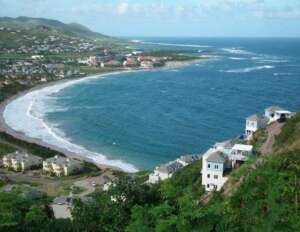 NORTH FRIGATE BAY
NORTH FRIGATE BAY
This powder white-sand Atlantic coast beach is literally in walking distance from the south side. It is ideal for relaxing, swimming, windsurfing and traditional surfing in some areas. Various hotels and restaurants, like the St. Kitts Marriott Resort and the Sugar Bay Club, are situated on this stretch of beach. Swimming is restricted within the breakwater zone.
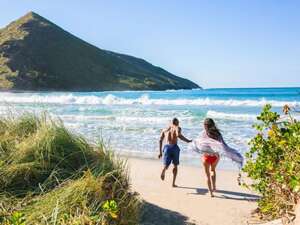 SANDY BANK BAY
SANDY BANK BAY
This is an unusually calm Atlantic beach with a quiet, romantic aura. While bathing in the warm waters or strolling across the white sand, you will very much appreciate the privacy that the Sandy Bank affords, since there are no restaurants or water sports available here to draw any resemblance of a crowd. You will need a car or taxi to get here, but any of our friendly taxi drivers can drop you off and pick you up whenever you choose.
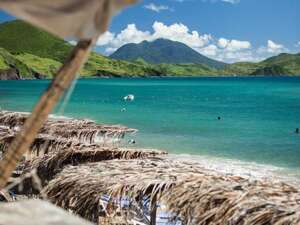 SOUTH FRIARS BAY
SOUTH FRIARS BAY
The Caribbean Sea side of Friars Bay provides a splendid beach experience for all. The water is calm and the atmosphere is usually quite lively, especially on Sundays. Food and drinks are available. It is an excellent outing for the entire family.
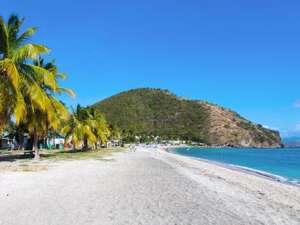 SOUTH FRIGATE BAY
SOUTH FRIGATE BAY
Here you will find the most action-packed strip of beach on the Caribbean Sea. And here the party goes on until the wee hours of the morning. This one-mile stretch of white-sand beach, is ideal for swimming, windsurfing, water-skiing and various other water sports. It is also lined with various types of beach shacks – island bars that serve drinks, food, craft, and trinkets in an atmosphere infused with infectious Caribbean rhythm. On the eastern end, there is a hotel & restaurant (Timothy Beach Hotel), and other restaurants serving some of the tastiest meals on island. The western end features Buddies bar and nightclub.
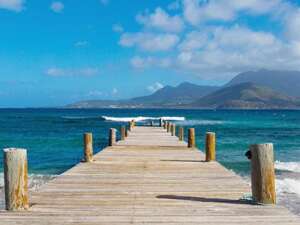 TURTLE BEACH
TURTLE BEACH
Turtle Beach is situated at the extreme end of the South East Peninsula, and is ideal for a day out. If you are out on a boat and you are lucky, you might see the odd dolphin or pod of whales passing through, especially in wintertime. The beach is great for bathing.
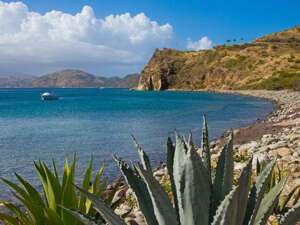 WHITE HOUSE BAY
WHITE HOUSE BAY
The rocky reef that shelters White House Bay, and a sunken tugboat that harbors great schools of multi-colored fish and other marine life, make it ideal for snorkeling. When you’ve seen it all, this is a delightful spot to just float around and take in some Vitamin D. This snorkeling sight is enhanced with the enchanting Salt Plage Restaurant and Bar. Enjoy the best sunset, sip your favourite cocktail or snorkel get in touch with nature under and above water.
BIRD WATCHING IN ST. KITTS
From thick rainforests that cover the Northern, Central and Southern mountain ranges, an abundance of freshwater ponds and miles of pristine shoreline, St. Kitts is blessed with a myriad of beautiful, complex ecosystems teeming with wildlife. Birders will be pleasantly surprised at the abundant birdlife to be seen at certain times of the year, offering fantastic bird watching opportunities on the Caribbean islands of St Kitts and Nevis.
St. Kitts boasts 9 different ponds, all of which are a magnet for waders and other birds and almost all of them are easily accessible. At least 203 different species have been recorded on the twin island federation, but the actual number is far higher. With very few resident birders on St. Kitts, the island has simply not had enough boots on the ground or eyes to binoculars to spot! This presents a high possibility for birders visiting the island to sight new species to be recorded.
Birders will delight in coming face to feather with birds like the Brown Pelican, Magnificent Frigatebird, Cattle Egret, American Kestrel, Royal Tern, Feral Pigeon, Zenaida Dove, Common Ground-dove, Caribbean Elaenia, Grey Kingbird, Caribbean Martin, Scaly-breasted Thrasher, Bananaquit, Black-faced Grassquit & Lesser Antillean Bullfinch, and Black-whiskered Vireo.
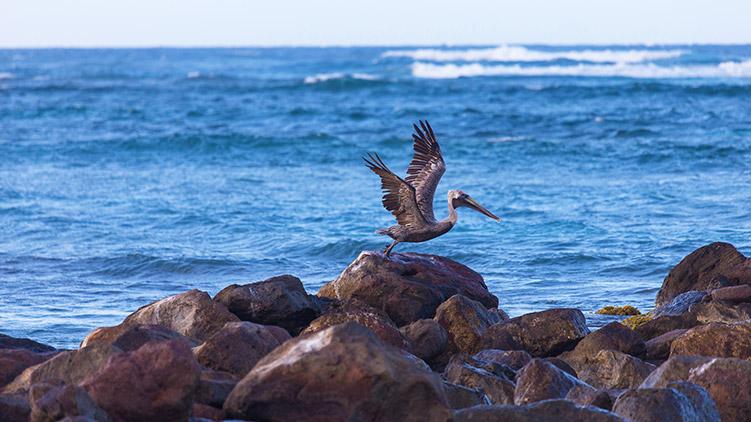
THE PEOPLE AND CULTURE OF ST. KITTS
Steeped in a rich and tumultuous history that has shaped the island and its people, St. Kitts was once considered the gateway to the Caribbean. Step back in time, stay at a remarkable Caribbean resort, take a scenic railway tour of the old sugar plantations, sample island delicacies, get a glimpse into our fascinating culture and connect with the warm Kittitians you’ll meet along the way.
In the middle of it all – The peaceful calm of St. Kitts suggests nothing of the extraordinary history of the island. For centuries, St. Kitts occupied a critical position in the European struggle for the islands of the West Indies, which were rich with sugar plantations and were considered the gateway to the Caribbean. As a result, the struggles and conflicts in and around St. Kitts shaped much of the history of the entire Caribbean.
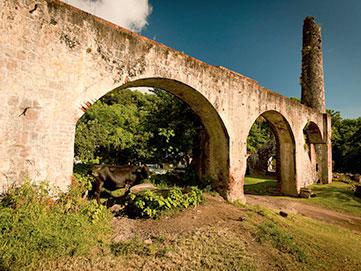 ISLAND HISTORY
ISLAND HISTORY
The peace and tranquility of St. Kitts belies the extraordinary and often violent history of the island. For centuries, St. Kitts occupied a critical position in the European struggle for the islands of the West Indies, which were rich in sugar plantations and were considered the gateway to the Caribbean. At the center of it all, the struggles and conflicts in and around St. Kitts shaped much of the history of the Caribbean, prompting the island to be known as the “Mother Colony”.
DISCOVERY AND EARLY TIMES
The recorded history of St. Kitts begins in 1493, when Christopher Colombus sailed past the island on his second voyage of discovery, but did not land. Its not certain if he named the island after himself, or after the patron saint of travelers, St. Christopher. Nevertheless, by the time Englishman Thomas Warner arrived with fourteen other settlers in 1624 to establish the first non-Spanish European colony in the Caribbean, the island was known as St. Christopher’s. Later on it was affectionately nicknamed St. Kitts.
BLESSED BY A VOLCANO
Mt. Liamuiga, St. Kitts’ central peak is actually a 3,792-foot extinct volcano, known as Mt. Liumuiga (meaning fertile soil) and the source of the island’s lush tropical vegetation and rich geological history. The volcano stands majestically above the growing rainforests that continue to spread their green canopies where sugar cane fields were once cultivated. The islands fertile soil, along with its fresh water, abundant forests and salt is what drew settlers of the Caribbean to St. Christopher.
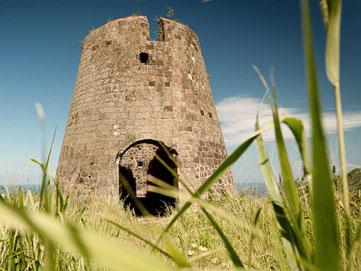 SUGAR INDUSTRY
SUGAR INDUSTRY
SWEET SPOT OF THE CARRIBEAN
Of all the English colonies in the Caribbean, St. Kitts was the oldest and wealthiest – with rich volcanic soil and an ideal climate for lucrative sugar plantations. Annually St. Kitts yielded a fortune in sugar and rum for its wealthy, mostly absentee, landholders. By around 1775, the time of the American Revolution, 68 sugar plantations existed on St. Kitts, one for every square mile. Production innovations on the island, led St. Kitts to become the world leader in sugar cane cultivation and a catalyst for the industrial revolution.
A BITTER SWEET ENDING
Slavery was finally abolished throughout all the British colonies in 1834, and with it the eventual demise of the sugar industry. Europe’s beet sugar undersold Caribbean cane. Depressed market prices could not offset the production and transportation costs for an island crop. In 2005, the Government officially closed both the remaining cane fields and sugar factory due to plummeting profits. An exciting new era has dawned on the island, with tourism the new focus of income for St. Kitts. Perhaps best symbolized by the sugar train railway, now transformed into the St. Kitts Scenic Railway, a one-of-a-kind tour offering breathtaking ocean vistas and takes visitors through many of the sugar plantation ruins.



